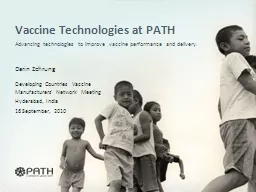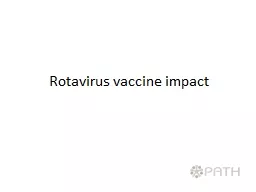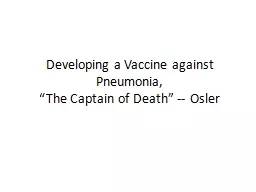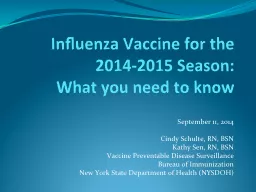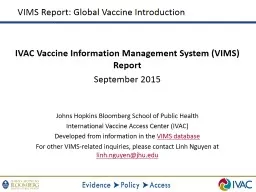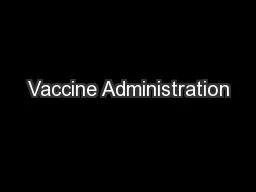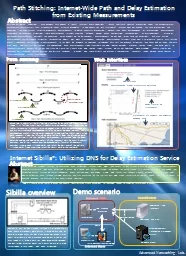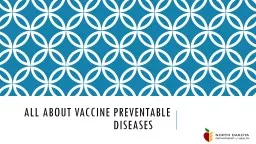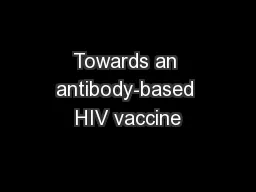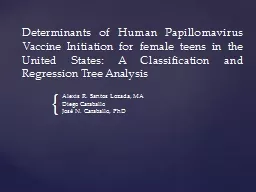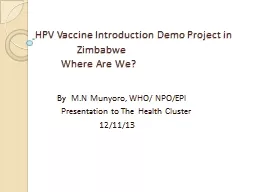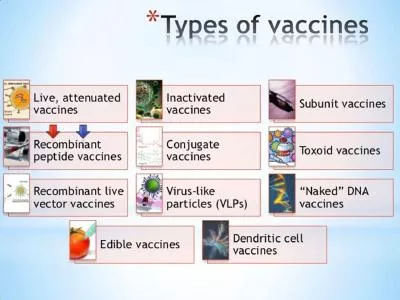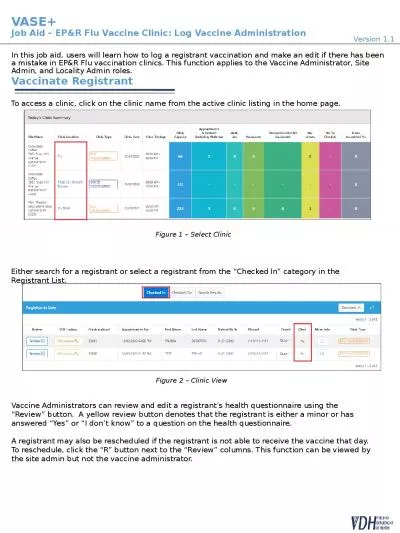PPT-Vaccine Technologies at PATH
Author : KissesForYou | Published Date : 2022-08-03
Advancing technologies to improve vaccine performance and delivery Darin Zehrung Developing Countries Vaccine Manufacturers Network Meeting Hyderabad India 16 September
Presentation Embed Code
Download Presentation
Download Presentation The PPT/PDF document "Vaccine Technologies at PATH" is the property of its rightful owner. Permission is granted to download and print the materials on this website for personal, non-commercial use only, and to display it on your personal computer provided you do not modify the materials and that you retain all copyright notices contained in the materials. By downloading content from our website, you accept the terms of this agreement.
Vaccine Technologies at PATH: Transcript
Download Rules Of Document
"Vaccine Technologies at PATH"The content belongs to its owner. You may download and print it for personal use, without modification, and keep all copyright notices. By downloading, you agree to these terms.
Related Documents

